- Mahsa S. Y.
- Rug & Carpet
- 1655 views
- 6 comments
Gabbeh's texture is usually made of self-dyed wool mixed with goat hair. After washing, these wool and hairs are spun and spun and then used for weaving. In this article, the raw materials of Gabbeh weaving are thoroughly examined, then the details of manual and machine weaving are discussed. We pay for it. Finally, we will compare hand-woven and machine-made rugs.
Materials for Weaving Gabbeh
Gabbeh is woven from high-quality sheep wool or goat hair. A herd of sheep and goats walks hundreds of kilometers yearly and passes through low and high places. The tribe travels from the high pastures north of Shiraz in the Zagros mountain range (the summer pasture of the Qashqai tribe) to the winter pastures near the Persian Gulf. Sheep that graze at high altitudes produce more lanolin (wool fat).
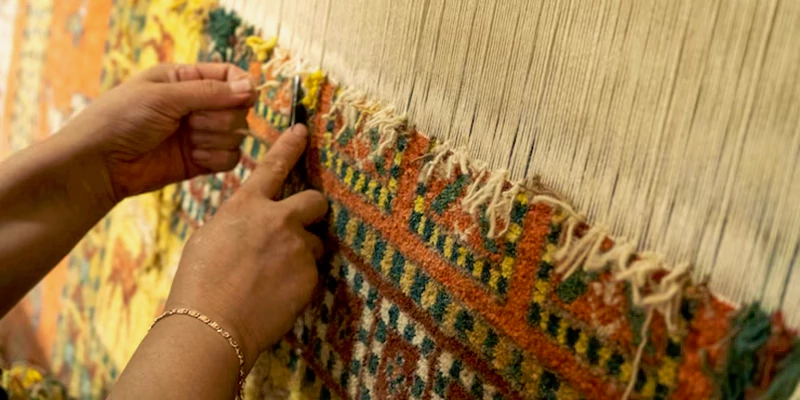
The higher the amount of lanolin, the better, softer, and brighter the wool is, and the more resistant to stains.
Color separation is significant and constitutes the first stage of weaving, during which the artisans first select wool from their livestock or (if the family does not have livestock) from other ranchers. Livestock breeders and nomads buy it; it is wholly separated according to the type of color, and after washing, it is spun and spun by women and girls using small and portable spindles. Sometimes, the hair of Aden and Pakistani goats, which has a great variety of colors, is mixed with sheep's wool and used as thread or for sewing hems.
As mentioned, the Gabbeh weave is done using self-dyed wool. Still, sometimes, weavers perform bleaching operations on white, sugar, and cream wool and dyeing operations on brown and black wool to make their raw materials transparent. Using the skin of the oak fruit, which is called Jaft in the local term, they create a kind of brown color similar to henna, and with the help of pomegranate skin, alum, and iron color, they make a transparent black color.
How Long Does It Take to Weave a Traditional Gabbeh Rug?
As for most individuals, they would have it that the process of Hand-made Weaving of a Gabbeh rug is time-consuming and effortful and the craft involved is good and challenging. It may therefore take a few weeks to develop a Gabbeh-style rug with other parameters like size and degree of complexity in a specific weave, dexterity or productivity of the weaver, or the kind of material in use. undefined
- Size of the Rug: This means that the ability to create large rugs in a living will be easier as compared to small rugs, this is because the duration it takes to fashion a large rug will be longer. Whereas a small Gabbeh rug can be made in 2-4 weeks, it can take some months to some years to make a big Gabbeh rug.
- Complexity of the Design: Taking a shorter time is a design that has some form of many hues of color, or designs which has some form of intricate even though simple design on the garment. The complexity of the weaving design especially, the extent of motifs as well as intricate details that the craftsmen incorporate greatly influence the amount of weaving time.
- Skill of the Weaver: As per this proverb of experience, a master weaver who has been involved in the process of rug making for many years can accomplish a rug in less time than a newcomer. To be precise, it meant that Erskine could weave better and make the garment while establishing his pieces more effectively and with fewer errors than a novice weaver.
- Materials Used: At times one can discover that the kind of material that was used for instance wool or even dyes influences the weaving time. It must also be considered that if there were fine or even better quality pile yarns or wefts, they might be very delicate during weaving, so it was time-consuming to manufacture the rug.
Cyrus Crafts; Luxury & Unique Products
Hand-woven Gabbeh Persian Rug
The Gabbeh Persian rugs woven by original weavers or trained by expert weavers are hand-woven Gabbeh, which are special types of Persian woven rugs with high value and have their authenticity preserved. These types of blankets are often made of pure wool. Their weaving may have been done manually, but they are custom-made with synthetic fibers to reduce the price of these products.
This type of carpet is mainly woven in the Persian style and on ground looms. However, sometimes, and in some regions, they may also be produced by the Turkish weaving method.
Types of Hand-woven Gabbeh Persian Rug
In Iran, different Persian Gabbeh rugs are woven depending on the region, culture, and lifestyle. These rugs are distinct in design, color, and texture. Gabbeh is sometimes named according to the tribe of its weavers and sometimes according to the city where it is sold; for example, it is called Lori carpet or Shirazi carpet. Here, we will introduce some of the most famous Persian Gabbeh rugs:
- Qashqai Gabbeh: This Gabbeh is woven in the southern regions of Iran, especially in Fars province. It has geometric patterns.
- Gabbeh Kurdish: It is produced in Kurdish regions such as Kermanshah and Kurdistan. Human and animal motifs are common in it.
- Lori Gabbeh: Lerneshing areas, especially Lorestan and Khuzestan provinces, are the place of production of these Gabbeh Persian rugs. The motifs of nature and village life prevail in it.
- Turkmen Gabbeh: It is produced in northeastern Iran and Turkmen-inhabited areas. It has patterns specific to Turkmen culture.
- Balochi Gabbeh: These Gabbeh Persian rugs are woven in the southeastern regions, such as Sistan and Baluchistan. Geometric patterns and warm colors are prominent in it.
Clicking on the picture below, you can visit various types of handmade Persian Gabbeh rugs.
Qashqai Gabbeh
Gabbeh weaving is done in many regions of Iran, but areas such as Kurdistan, Fars, Qashqai, Baluchistan, and Azerbaijan are known for their special and unique Gabbeh Persian rugs.
Fars province, with a history of 150 years in the field of weaving, can be considered one of the pioneers of this art in Iran. This region includes the tribes of Qashqai, Khamsa, Mamsani, and Bakhtiari, and it can be safely said that the fabrics of the Qashqai
Turks of Fars are among the best, so they have an exceptional reputation abroad.
Among the other vital centers of Geba weaving, we can mention two domes, Bashet, Tal Gar, Cheshmeh Belqis, Deh Sheikh and Cheram in the city of Kekiloyeh, Deh Alia and Deh Sefali Alia, Barazjan and the rural areas of Shul and Deh Kohene in Bushehr province.
Kashkuli Gabbeh
The Qashqai, the tribe most associated with weaving Persian Gabbeh rugs, are centered in southern Iran near the historic city of Shiraz. But other tribes, such as the Lurs, the Kurds, and the Bahktiari, also weave these carpets. Gabbeh comes from a Persian word meaning raw, natural, uncut, or "in the rough."
Although most Qashqai clans are skilled carpet weavers, the most critical Qashqai carpet weaving clan is the Kashkooli clan, which weaves the most diverse, most beautiful, and famous Qashqai carpets known as Kashkooli carpets in 5 designs and central motifs. Kermani, the pattern of stripes or Marhamat, the pattern of an extraordinary minister, and the design of Bute Qabadkhani. The above designs are woven in different colors, sizes, and patterns.
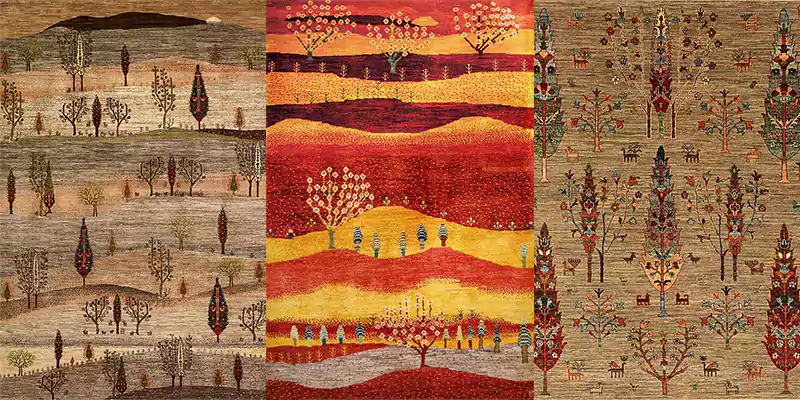
Machine-woven Gabbeh
Machine-woven Gabbeh rugs, like machine carpets, are not produced by persons but in factories. Due to being machine-made, these Gabbeh have more regular designs and textures and are often made of synthetic fibers and less than pure wool. For this reason, they have a lower price and are less valuable than hand-woven Gabbes. However, for daily use, when the carpet experiences friction and damage, especially for people who have children or keep pets, they are more suitable than hand-woven rugs.
Machine piles are those piles that have a low carpet density and are usually 320 or 440 combs. Unlike hand-woven fabrics, machine fabrics do not have much weight. They may even have tiny weights. Also, they are much less thick than hand-woven fabrics. Machine rugs are much cheaper than fine woven carpets, such as 700 comb carpets.
Machine-woven Gabbeh Rug, a Machine Made with Genuine Design
Gabbeh weaving is one of the valuable handicrafts of Iranian tribes and nomads. Still, with the development of textile machines, it is possible to weave textiles such as carpets, rugs, cloth, etc. The product line may not be named exclusively as a machine rug, but there are products similar to rugs with the same characteristics as hand-woven carpets. Machine-made rugs similar to Gebe can be mentioned as low-density machine-made carpets (100 to 500 combs).
Low-density machine carpets, or in other words, machine piles with long and soft piles, high thickness, and coarse patterns, have a very similar appearance to piles, so if you are a fan of machine piles, we suggest you choose a machine carpet with a density of 500 and 700 combs. You are fortunate when it comes to selecting the design and pattern of the machine rug because the variety of the design and pattern of the machine rugs is very high. You can find a car cover with a tree design, lion pattern, dome, clay, marhamat (striped), simple texture, etc. Buying a car seat is very affordable in terms of price.
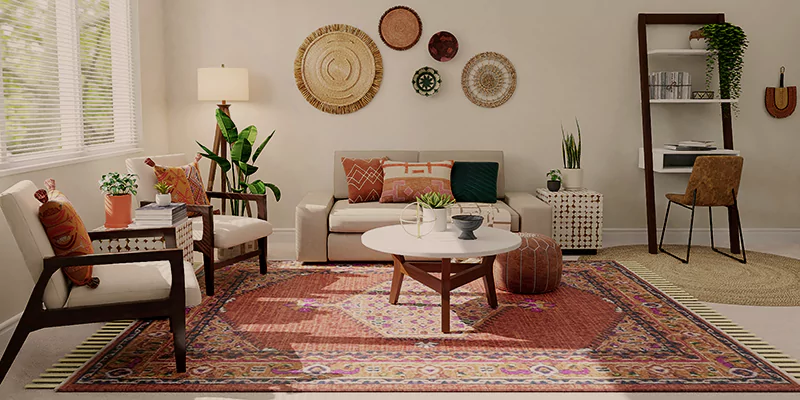
Hand-woven vs. Machine-made Gabbeh Persian Rug
These two types of fabrics can be compared according to the definitions of hand-woven and machine-woven fabrics. Despite the great variety of designs and colors in the Persian rugs, it can be said that the field of Persian Gabbeh rugs produced in different regions of Iran mostly has bright colors such as white, cream, or ivory. Thick yarns are used in weaving Gabbeh Persian rugs, which are also very long. For this reason, the thickness of the hand-woven rugs is very high, and they are cumbersome. But this is not the case in carcasses.
In the end, the common feature of all Persian Gabbeh rugs is a type of traditional patterning that has been developed over thousands of years, as well as geometric figures and pictures of birds and animals in the background, which may be composed of rows of geometric figures or types of flowers (something similar to the patterns of Turkmen carpets). Or it can be striped like Qashqai hand looms, with one to three tangs in each corner.
Gabbeh Rug Weaving Tools
Concerning such type of rug as Gabbeh, it is crucial to point out that some tools are used during the manufacture of a rug.
- Loom: A loom is one of the tools that are used in the production of carpets among the basic implements. The controllable/uncontrollable tension enables the warp threads to remain as a framework in which the weft is woven in making the skeletal structure of the rug.
- Shed Stick: This is an instrument used in the construction of a shed; which is the space between the warp where the weft moves.
- Beater or Comb: The weft yarns are further surrounded or beaten down by a beater or comb closely and uniformly in a manner that is necessary for the strength and compactness of a rug.
- Scissors: These are used in cutting yarn so that they may be laid during weaving especially when changing color and on the areas where the rug is to be made.
- Shuttle: The shuttle is the tool that conveys the weft yarn and it travels along the opening or the shed created with the help of shed stick to construct the rug.
- Rug Hook: They are so used to help weave pass the weft threads through the warps especially in the hand-knotted rugs such as the Gabbehs.
CyrusCrafts Chain Stores: North America
CyrusCrafts NA is seriously pleased to show you the evolution of Persian rug chain stores in North America. The mission has always been to bring beauty and craftsmanship of the most exquisite Persian carpet to homes and offices and we are glad we have done this in several key locations.
CyrusCrafts Toronto, Ontario Online Rug Store
Since we opened our store a couple of years ago, people who are interested in rugs and the arts in Toronto, Ontario have come to know us well.
From the elegant area rugs to round doormats we offer an enormous stock of Persian rugs in Toronto that match every individual preference.
Endpoint
Here, you have read a summary of the types of Gabbeh according to the type of texture, and you have learned about hand-woven and machine Gabbeh and the difference between these two types. Also, you realized the details of the machine and hand-woven welts, especially Persian Gebbeh. Please let us know your thoughts about this content by adding a comment.
Also, if you have any questions, ask the experts of CyrusCrafts through the WhatsApp link. As a store website for Iranian handicrafts and carpets, CyrusCrafts Grabs offers various unique products with shipping and immediate delivery worldwide.


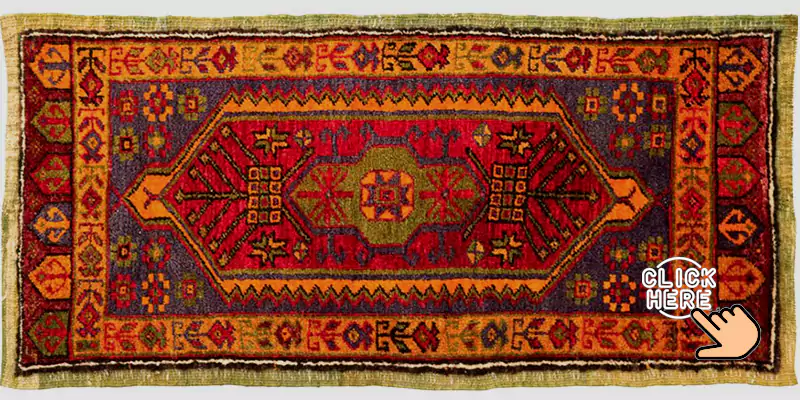





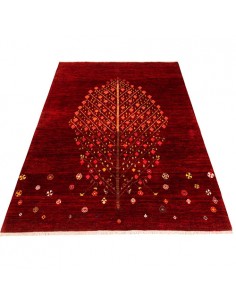

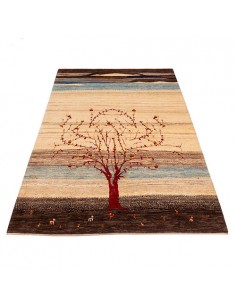

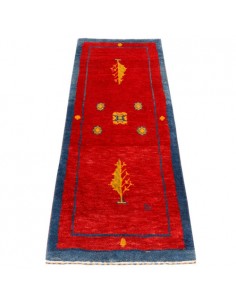

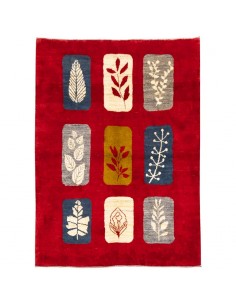

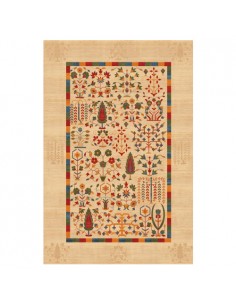

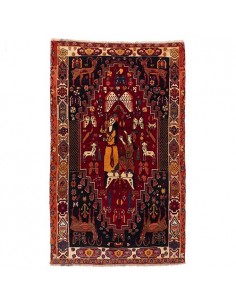

Comments (6)